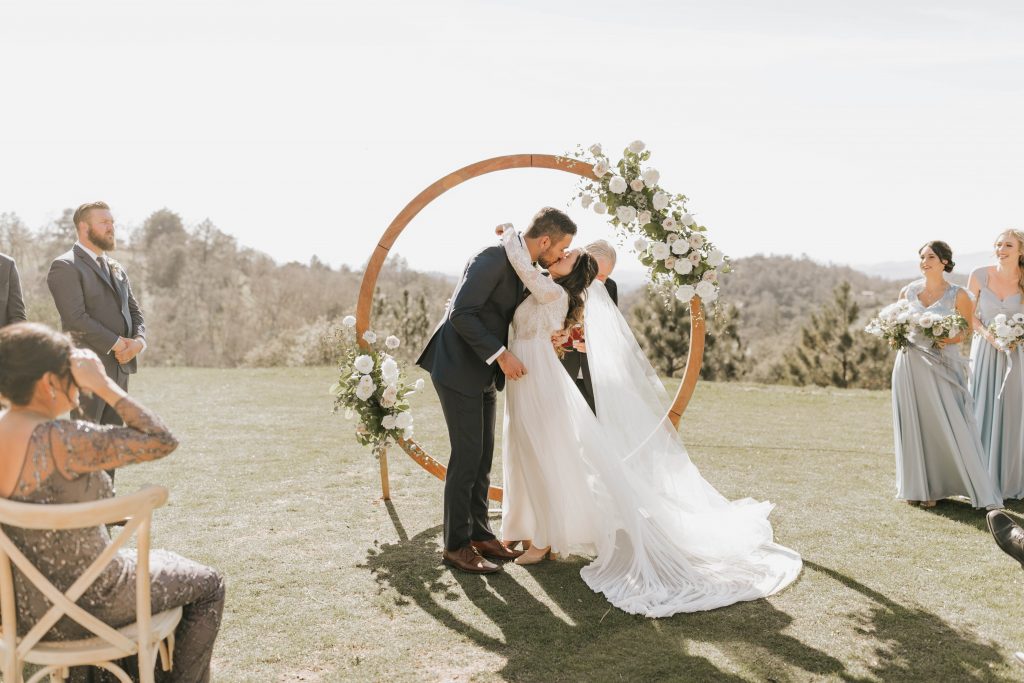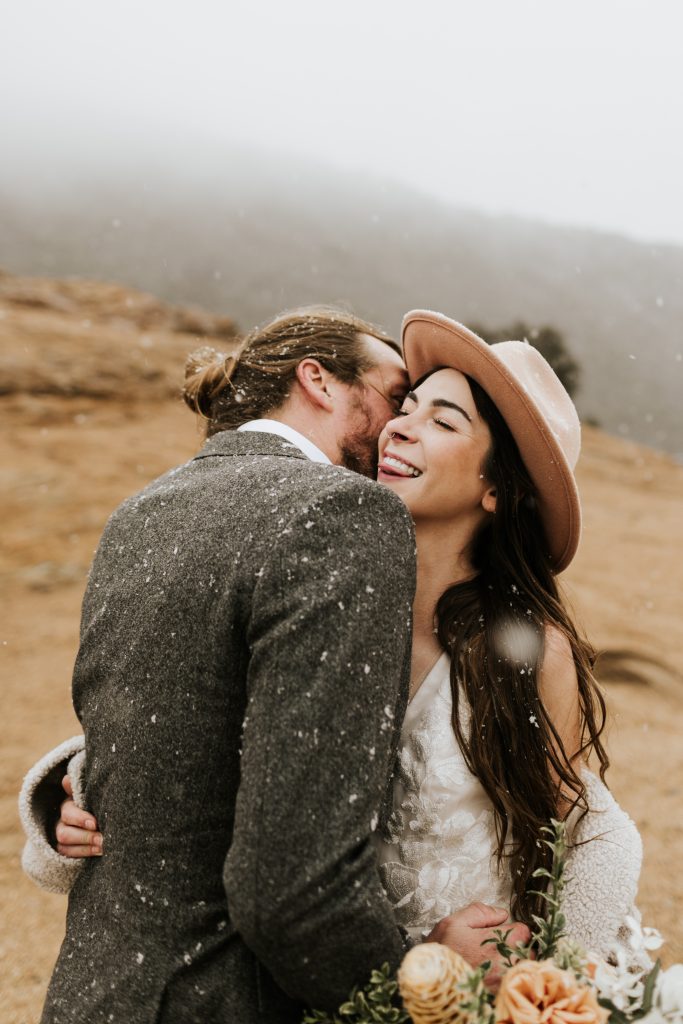Want to know the number one thing I tell people that want to learn how to do photography professionally? People who tell me they got a new camera and really really want to start shooting weddings, engagements and portraits? More than telling them to get a new lens, or better camera, or pay for some big fancy course, I tell them that they need to learn how to shoot in manual mode!
Manual mode is scary– it’s just you + the camera’s light meter and some blinky dots that don’t make much sense at first. The best technical choice I made early on in my career was switch over from auto mode/aperture priority and start shooting in manual. I still use autofocus with my lenses but I always shoot in manual when I am photographing a wedding.
You may be wondering, how in the world do I even figure this out? How do these random numbers affect the outcome of my shot? Since I’m a visual person, I wanted to show you some real life examples of how these numbers affect my work as a wedding photographer.
The Infamous Exposure Triangle
I remember spending hours researching the exposure triangle and figuring out where all of those buttons were on my camera. The exposure triangle consists of the three elements that allow light into your camera. These are: ISO, shutter speed and aperture. I’ll walk you through some analogies to remember them better because it can get complicated real quick! The main thing to know is that all of these things affect the amount of light (exposure) coming into your camera. For the analogies, I like to use a window as an example because it’s the simplest for me!
ISO
This is reflected in a number range from about 100-12,000. I like to think of ISO as your camera’s sensitivity meter. The higher your camera’s ISO, the more sensitive the camera is going to be to light. An analogy that helps me remember this is thinking of ISO as window tint. Low ISO- lots of tint on your window, high ISO, no tint at all so a lot of light will get into your house. If your ISO is turned up high, your camera is going to be SUPER sensitive to light. I use a high ISO number when I shoot dark receptions and indoor spaces. When shooting with a high ISO, you will want to watch out for camera grain. Sometimes grain can be a good thing, but often it can cause colors to look off! You’ll want to play around with your camera and see how the grain responds at various ISO levels. My 5d Mark IV that I use does way better in low light than my 5d Mark III. Most of the time, my number is around 100-400 when I am outside during golden hour.

Aperture
Aperture is also reflected in a number range from 1.2-22. The lower the number, the wider your lens is. I like to think of aperture as how big the window is in your house. The bigger the window, the brighter your house will be. One thing to remember with aperture though is that a smaller number reflects a bigger lens opening. If you are shooting at aperture of 1.2, your camera is as wide open as can be. One amazing thing about aperture is that this setting is also what contributes to the blurry background you so often see in professional photos. This number also contributes to how much of the shot is in focus. If you are photographing a wide open nature scene, you’ll probably want everything in focus so your aperture will be around 16. For portraiture, it’s really beautiful to have the subject’s eyes in focus and soften other elements in the image. To have this effect, you’ll want your aperture to be 1.2-2.8. In order to get background blur and soft focus, you need a lens that can go below 2.8-3.2 aperture. Most kit lenses do not go this low, so I recommend getting a starter lens with a low aperture like this one here.

Shutter Speed
Shutter speed is reflected in a range from about 10 seconds all the way to 1/8000th of a second. I like to think of shutter similar to a window shutter in your house- the longer that your window shutter is open, the more warmth and light you will have throughout the day. Most of the time when shooting outdoors, I’ll use a shutter speed of about 1/400-1/8000 and indoors I will lower it to about 1/200. I won’t ever go lower than 1/200 unless I’m using a flash or for special circumstances. If you go lower than 1/200 you can find that you get camera blur, which isn’t often desirable. There are a few exceptions though: with nature photography I use shutter speed to get light trails from stars in the sky, and during the dance floor, I’ll use a long shutter (1/40) to get dance floor shots as well.

Happy Shooting!
Now that you know a little more about shutter speed, aperture and ISO I encourage you to get to know the ins and outs of your camera! Know where the buttons for each one of these elements are and be able to change them quickly. Keep in mind that you can always use your camera’s light meter (the meter that you see that blinks as you look through the viewfinder) to see if you are using the correct exposure. The small blinking dot will move to show you if you are under or over-exposed. I generally over-expose compared to the light meter because I shoot with my subject’s back to the sun and I want to expose for their skin! As always feel free to email me with questions!
Comments Off on Shooting in Manual Mode